Since the outbreak of the Russia-Ukraine conflict, the topic of Ukraine has always occupied a place in the forums of the North Atlantic Treaty Organization (NATO). The NATO Foreign Ministers' Meeting in Oslo (Norway) from May 31 to June 1 was no exception.
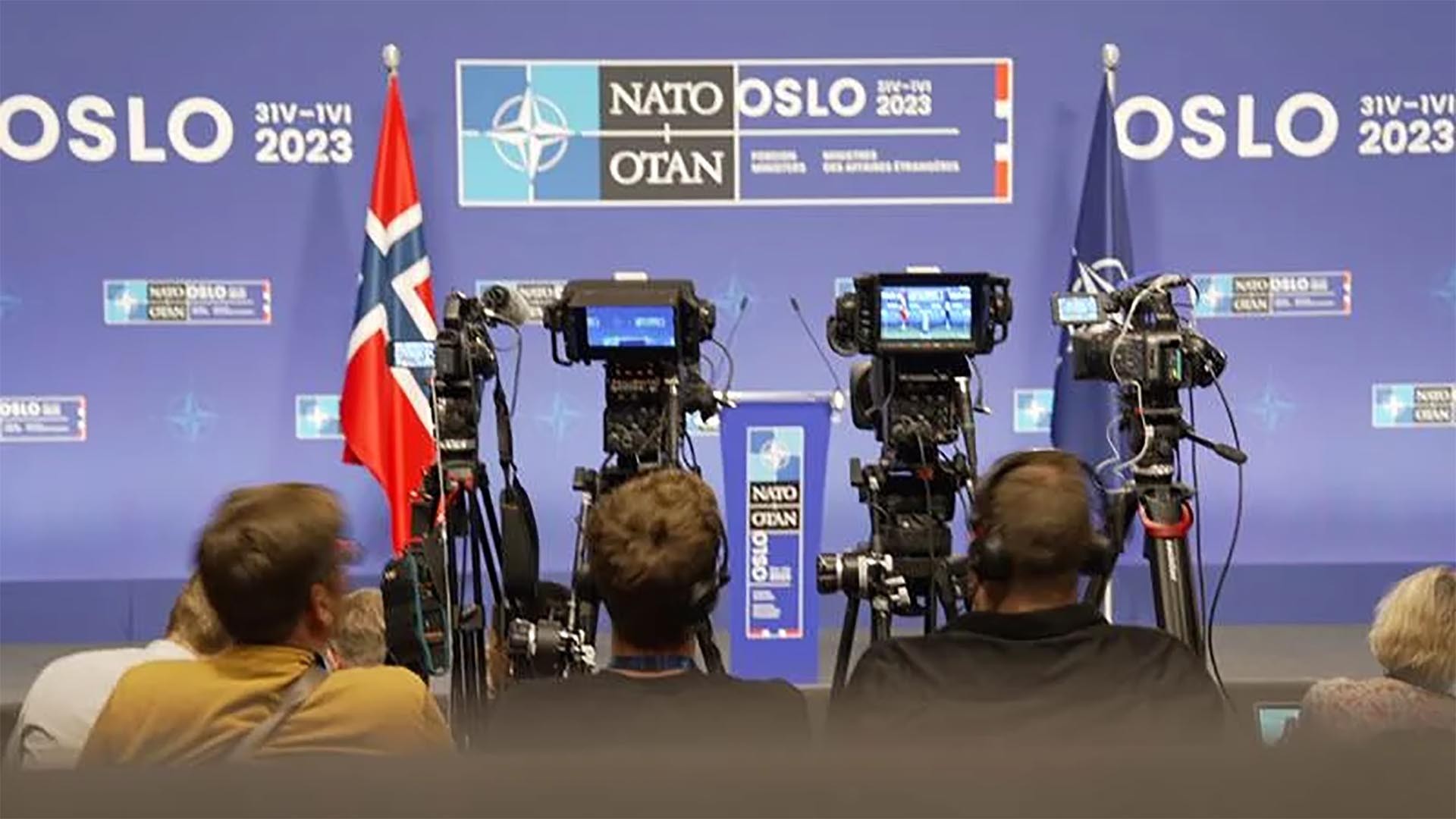 |
| The NATO Foreign Ministers' Meeting took place in Oslo (Norway) from May 31 to June 1. (Source: Government.no) |
As before, the military bloc faces the dual challenge of maintaining unity in its efforts to support Ukraine, while not being drawn into direct conflict with Russia. This is not easy.
Last week, NATO members Hungary and Greece refused to ratify the 11th round of European sanctions against Russia, unhappy that their companies were included on a list of sponsors of the Ukrainian conflict and could be subject to sanctions.
Meanwhile, some countries are concerned about providing modern fighter jets like the F-16 to Ukraine. One of the problems is that Ukraine does not have the facilities to maintain these aircraft, forcing NATO personnel to be directly involved, creating the risk of the bloc being dragged into a direct confrontation with Russia.
The issue of Ukraine’s accession to NATO is equally troubling. While Eastern European NATO members have loudly demanded that NATO quickly present a roadmap for Ukraine’s accession at the July summit in Latvia, the US and Western European members have only supported modest steps because they do not know where the Russia-Ukraine conflict will lead.
The only issue that seems to be less heated is who will replace NATO Secretary General Jens Stoltenberg, whose term is about to end. However, some countries want the post to be filled by a former prime minister or president, in order to have political influence. Others support the idea that NATO should have a female secretary general. France wants to choose someone who is suitable for the goal of creating closer cooperation between NATO and the European Union (EU).
Two days of meetings may be too short to build consensus.
Source


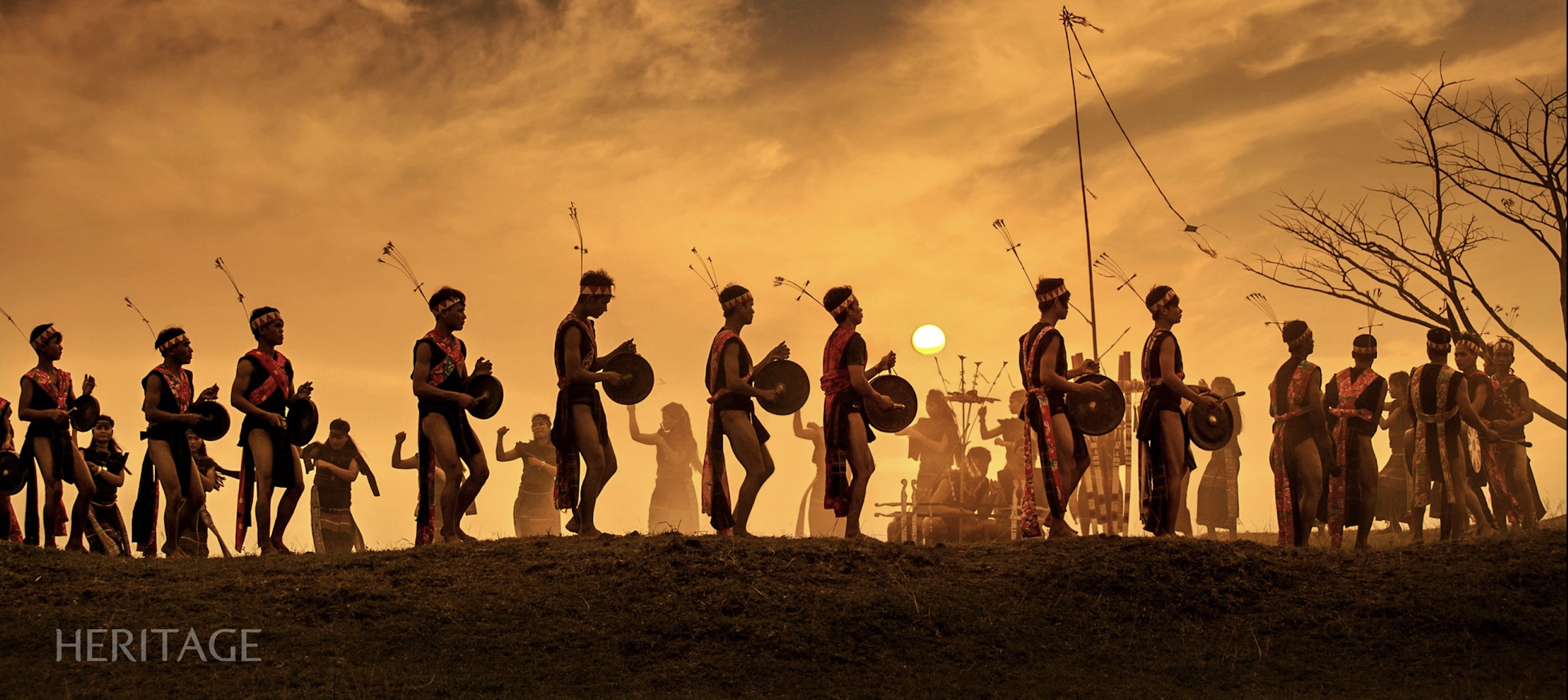
![[Photo] Many groups of students enjoyed exploring the Interactive Exhibition at Nhan Dan Newspaper](https://vstatic.vietnam.vn/vietnam/resource/IMAGE/2025/4/23/29184831b77143e0b9acdd71a05a40c2)
![[Photo] Prime Minister Pham Minh Chinh receives Chairman of Syre Group (Sweden)](https://vstatic.vietnam.vn/vietnam/resource/IMAGE/2025/4/23/1f541ee01d164844934756c413467634)
![[Photo] Discover Vietnam's leading aircraft maintenance workshop at Noi Bai airport](https://vstatic.vietnam.vn/vietnam/resource/IMAGE/2025/4/23/b12dde66f5374591b818f103e052cce5)
![[Photo] General Secretary To Lam receives CEO of Rosen Partners Group (USA)](https://vstatic.vietnam.vn/vietnam/resource/IMAGE/2025/4/23/2537171fceee43b19a8eec00d22823ff)

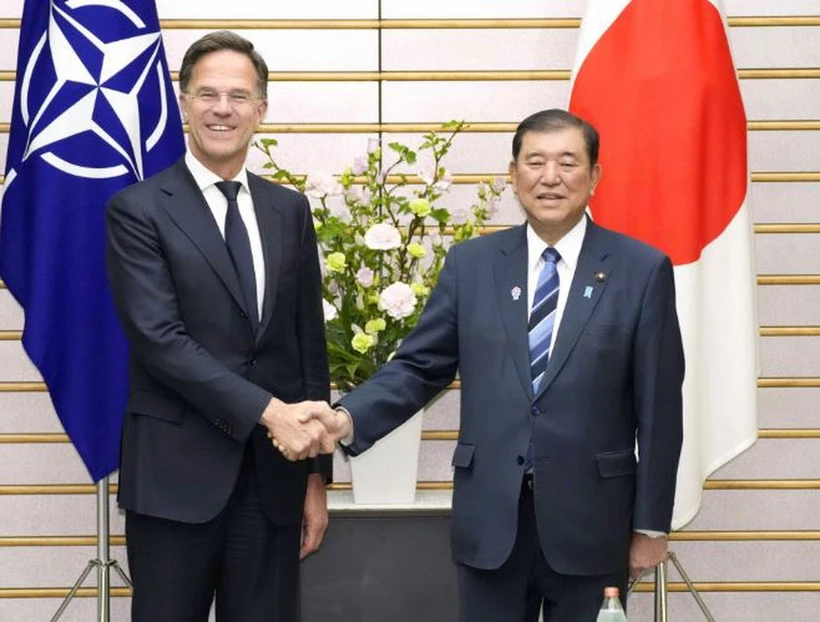

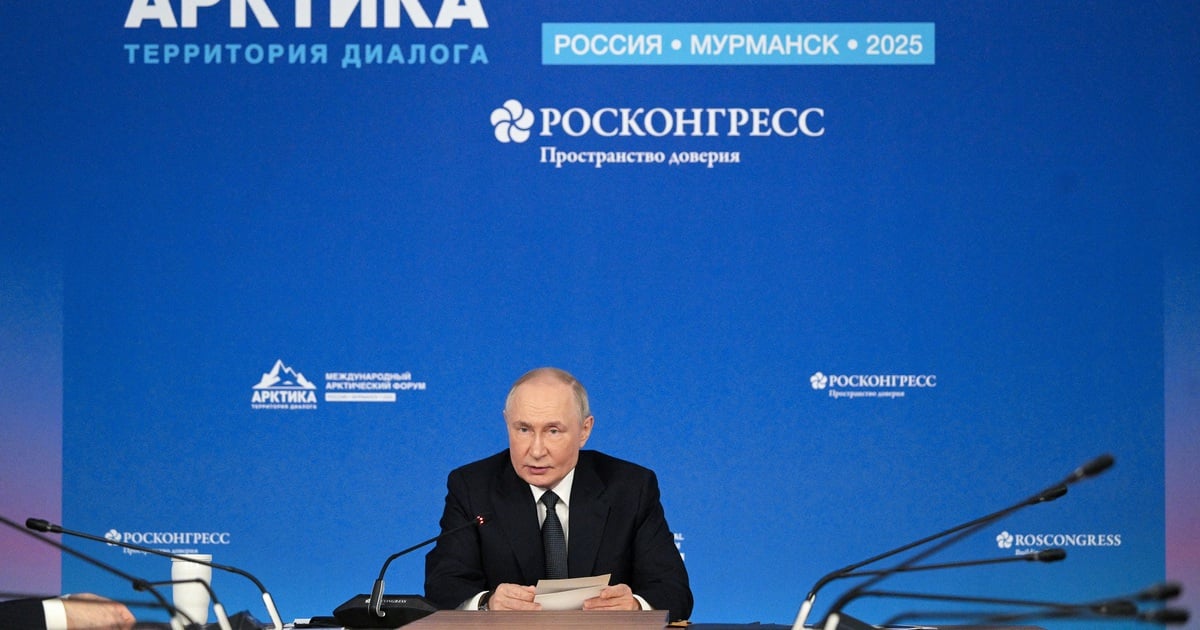

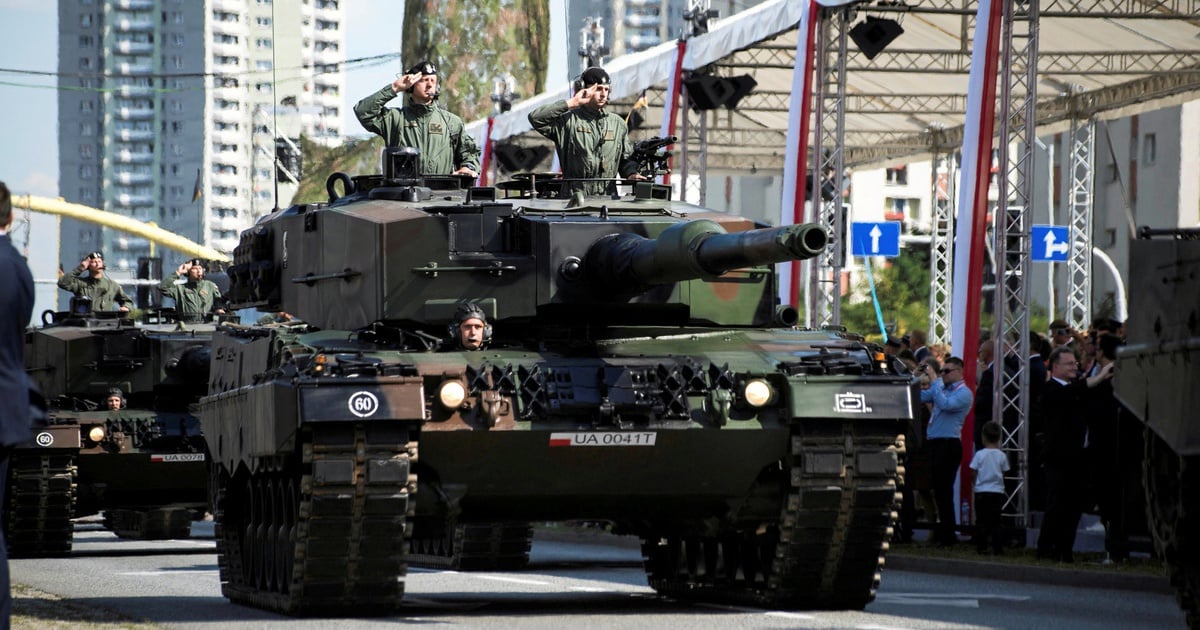

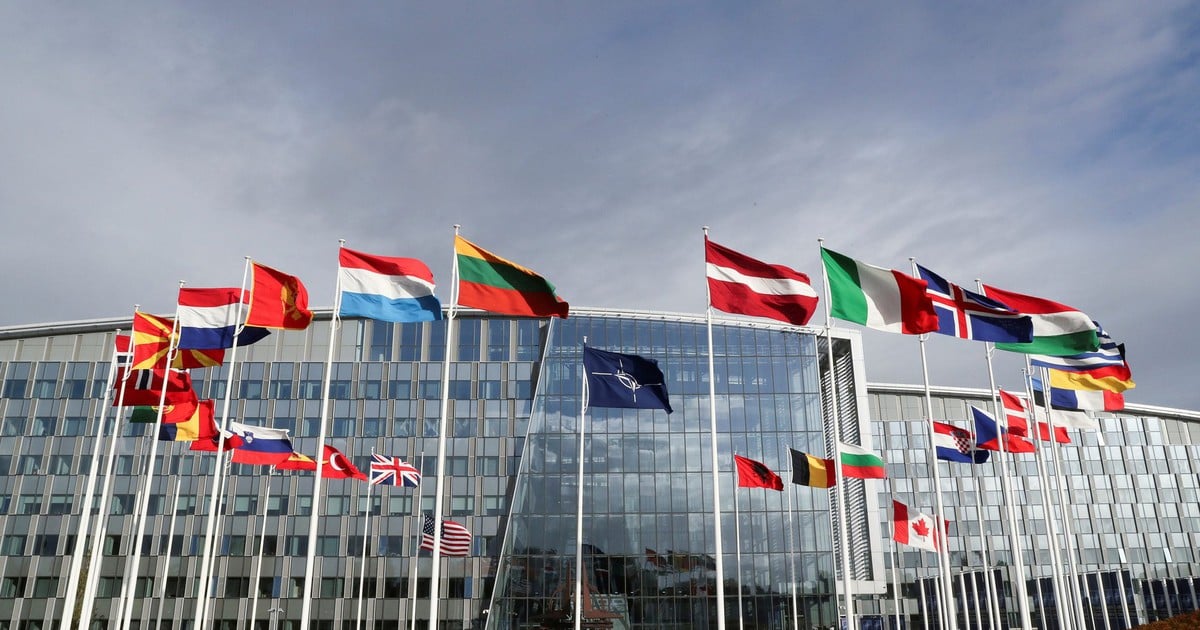
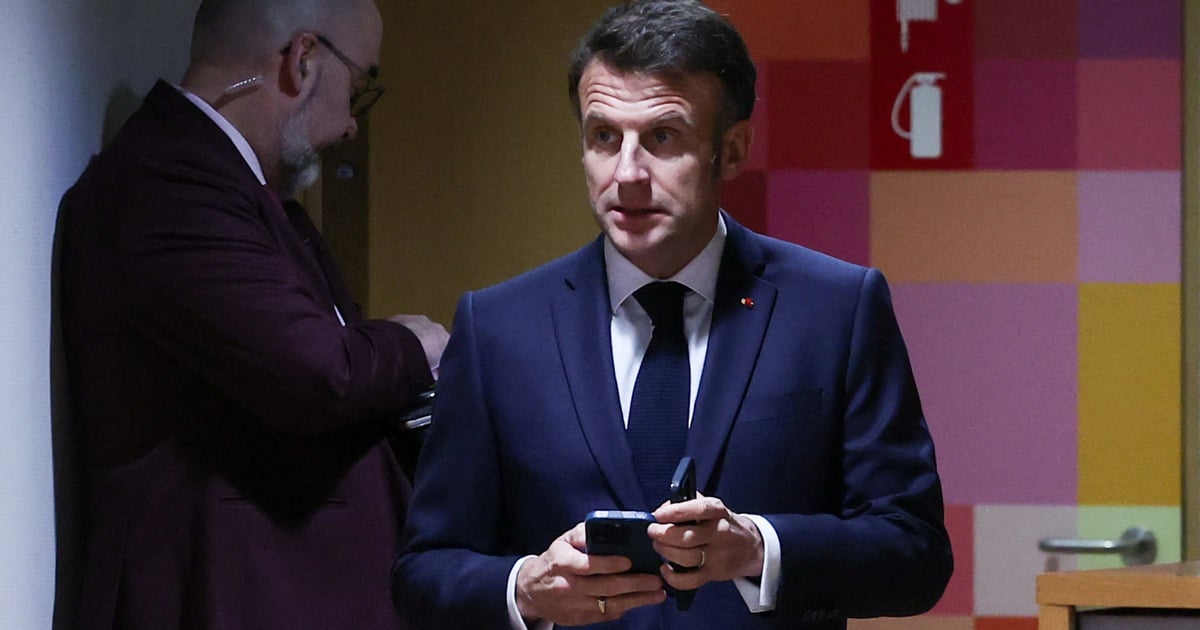
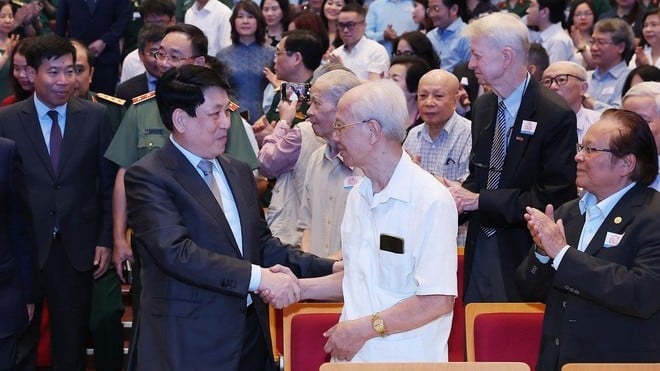

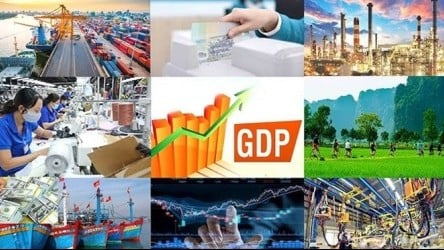

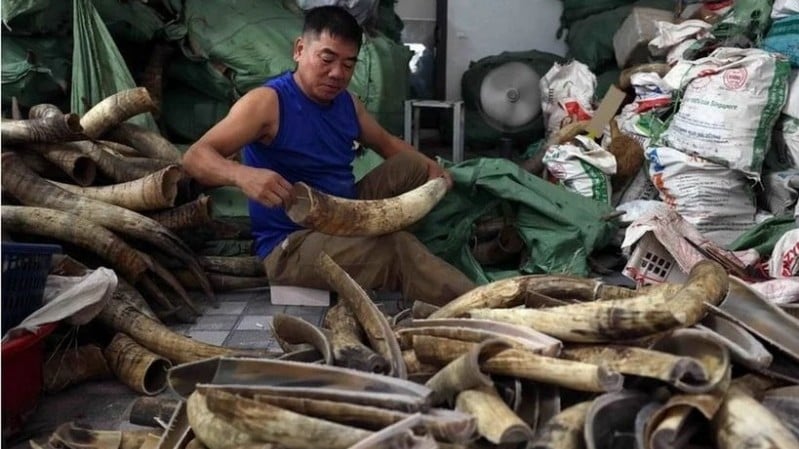
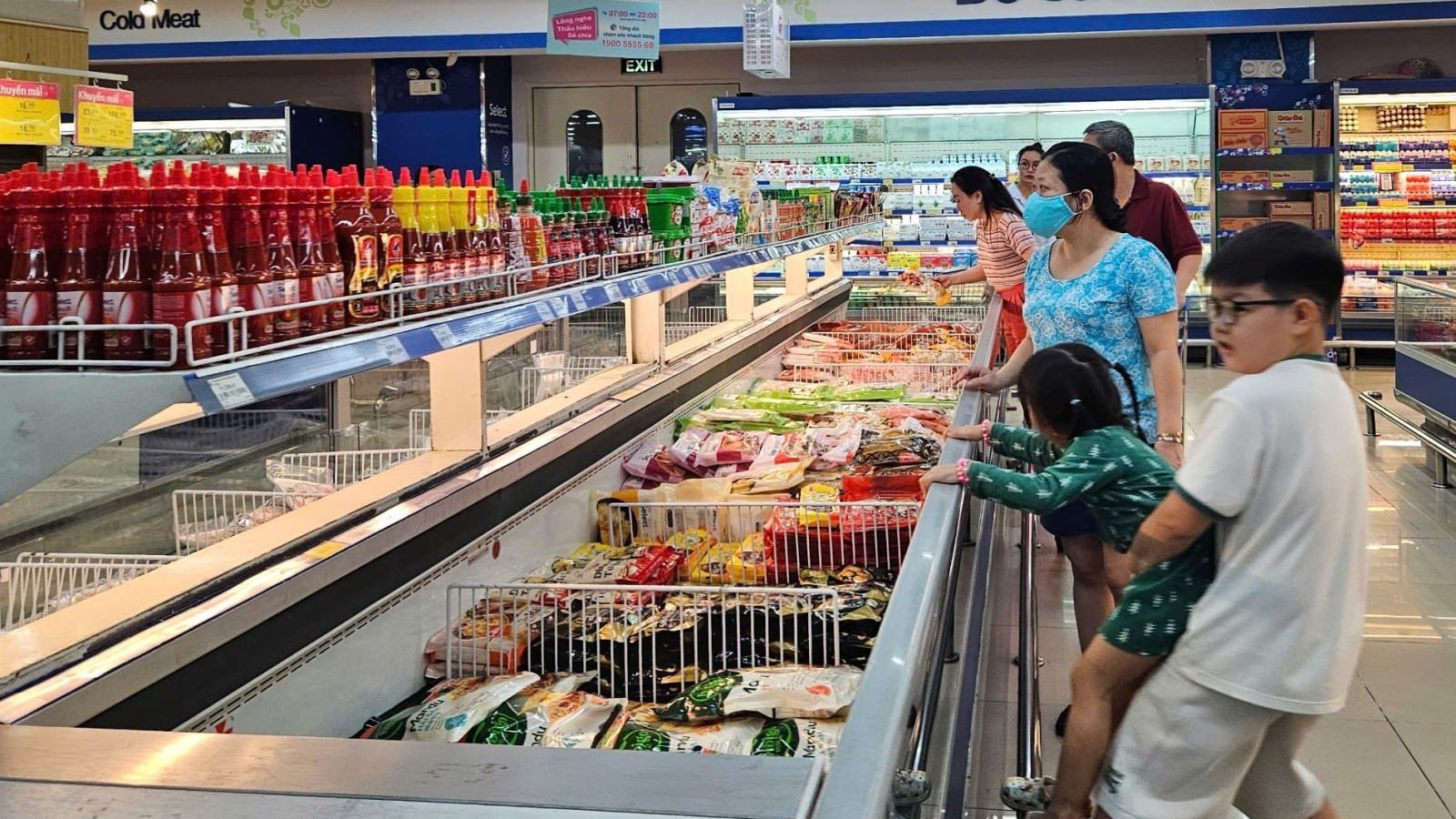


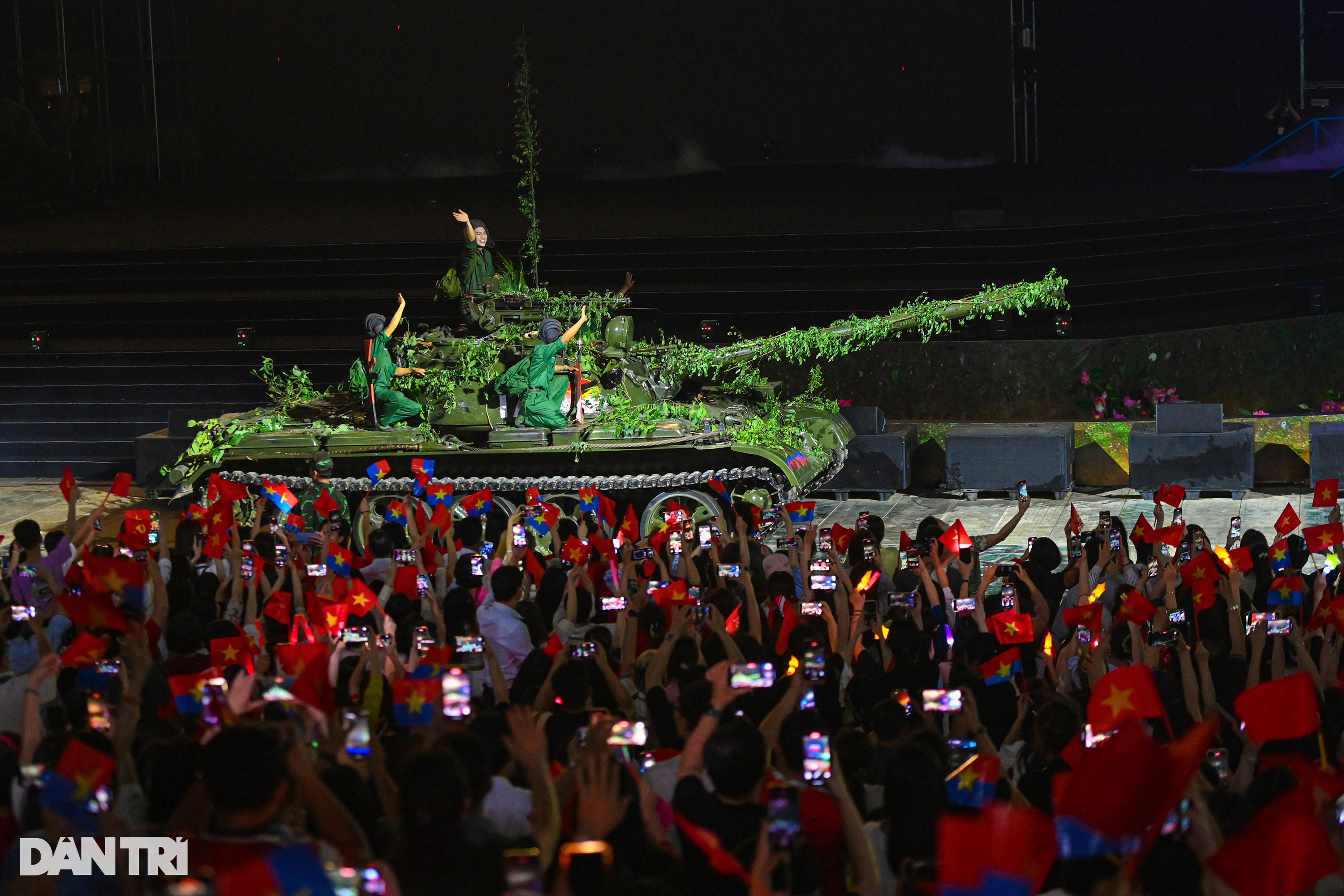


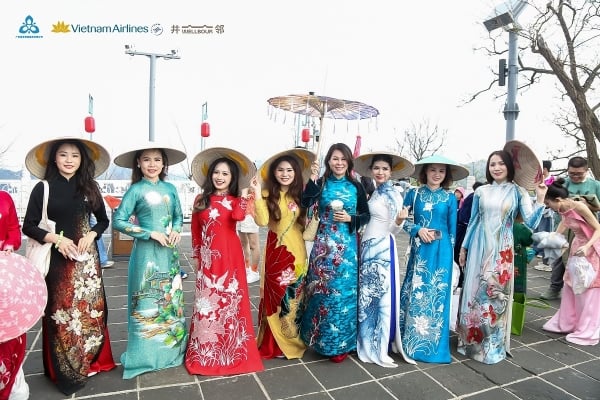


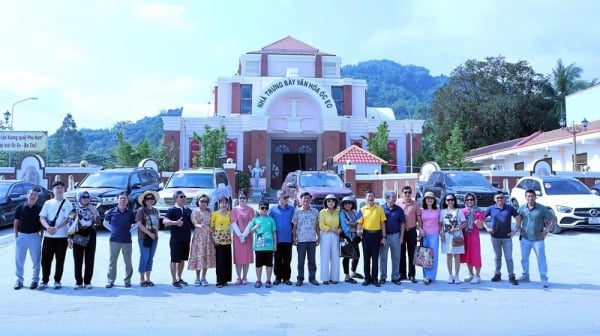





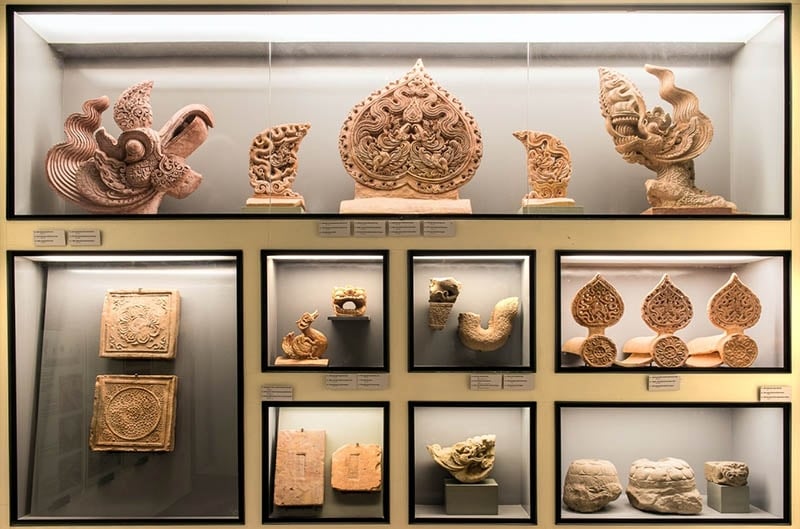


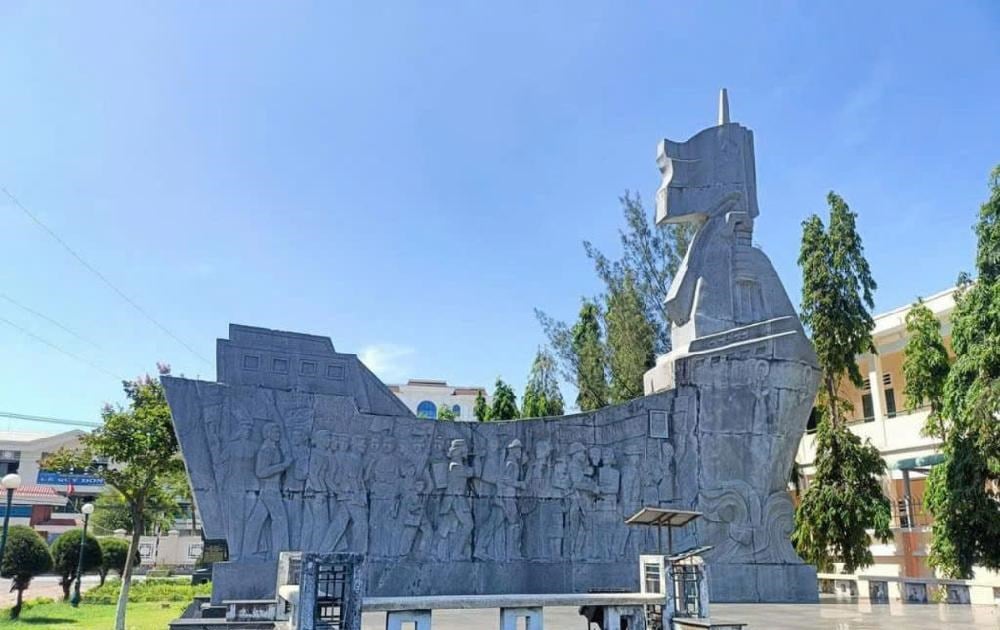





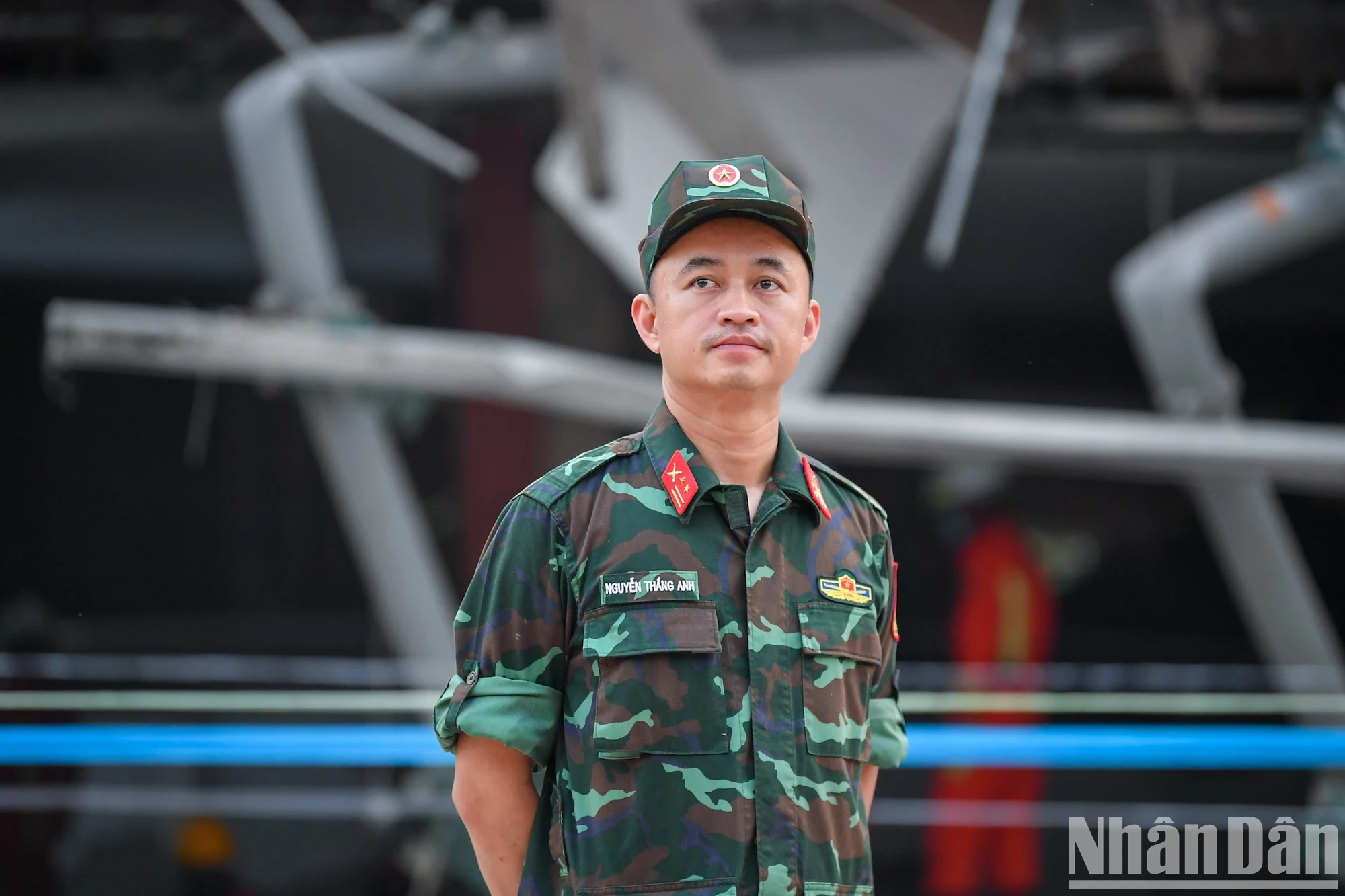

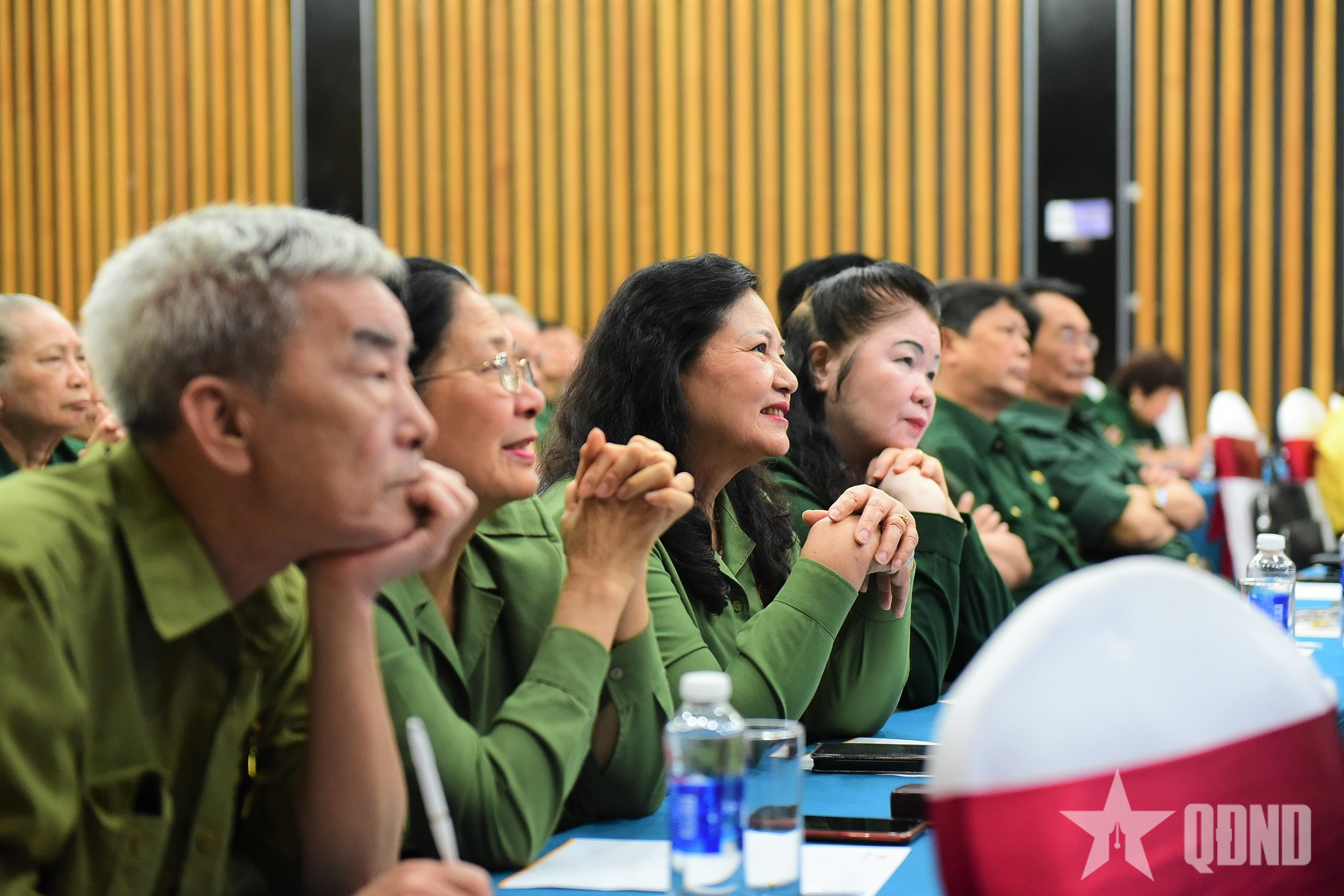

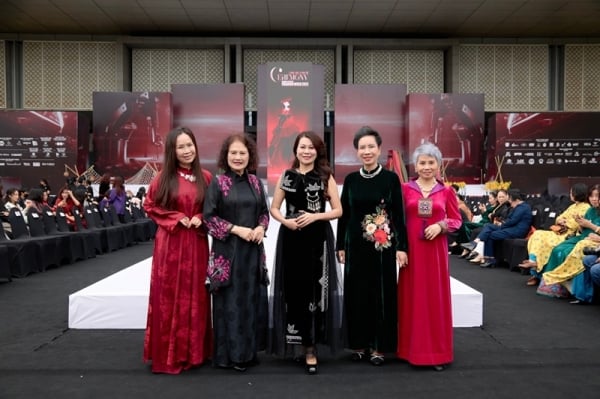








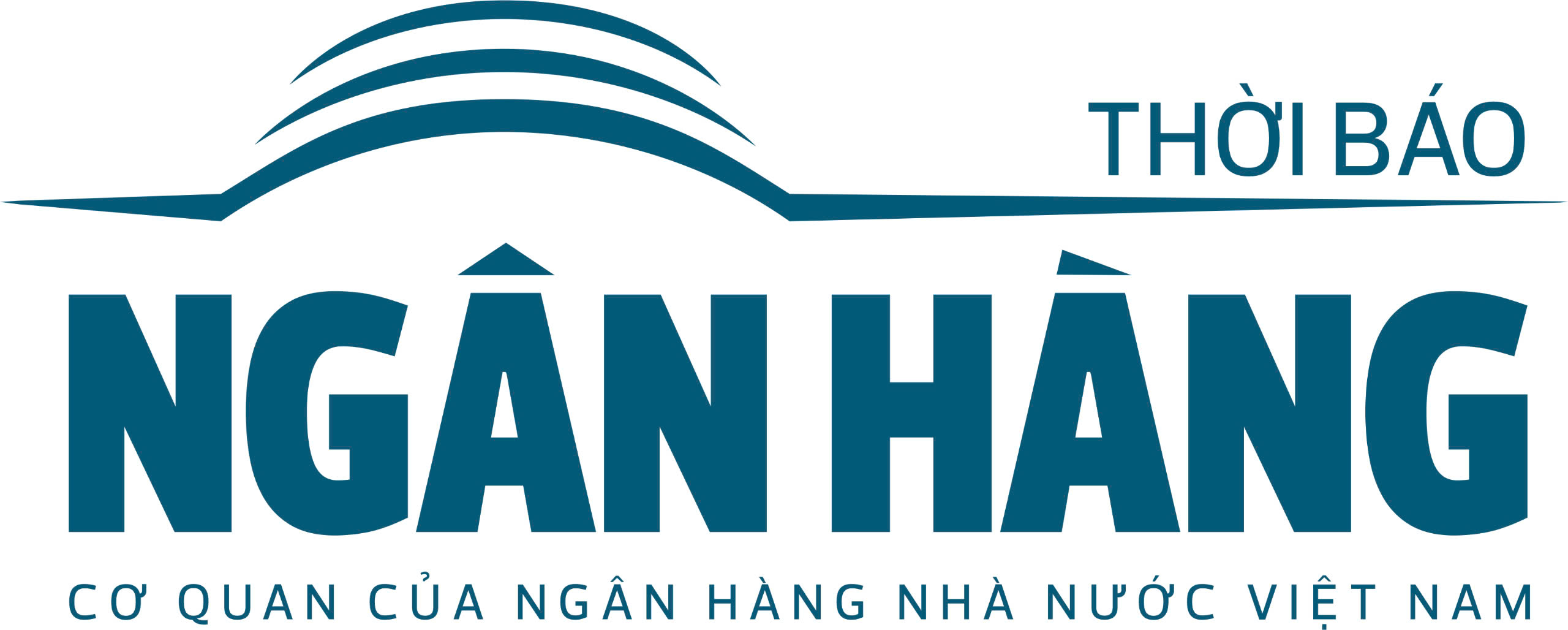
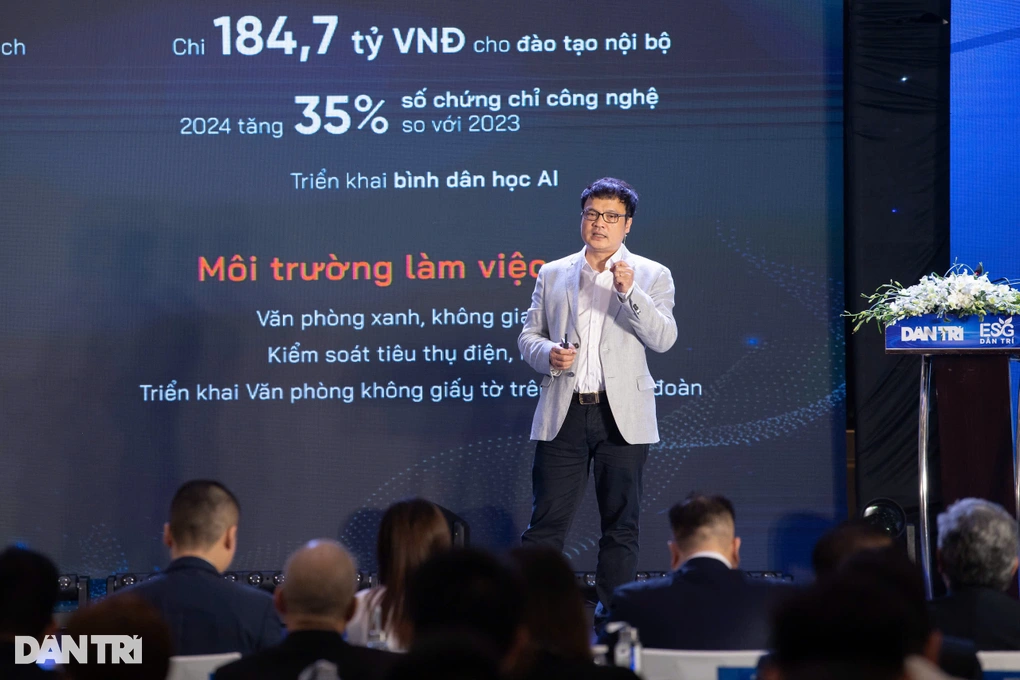

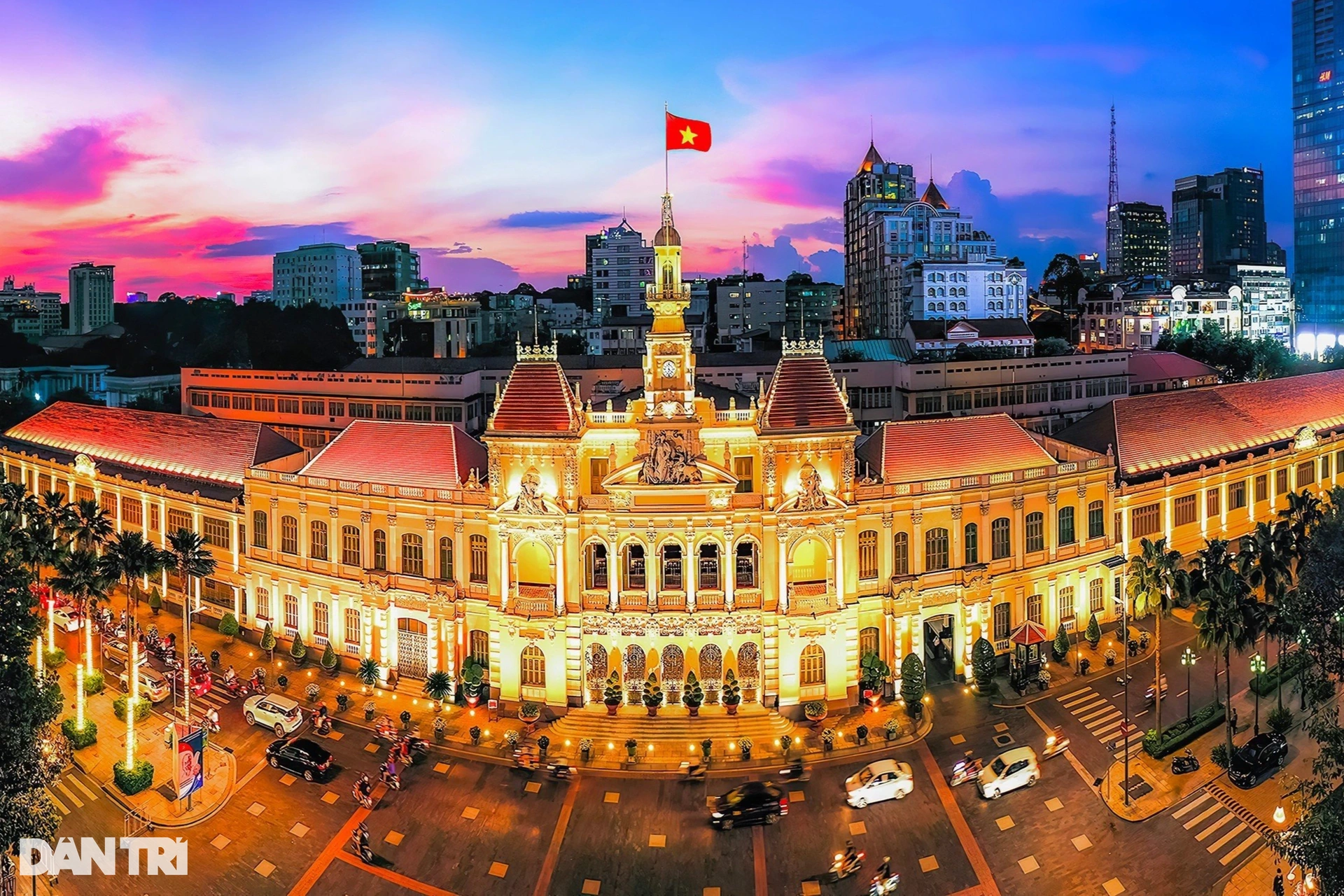
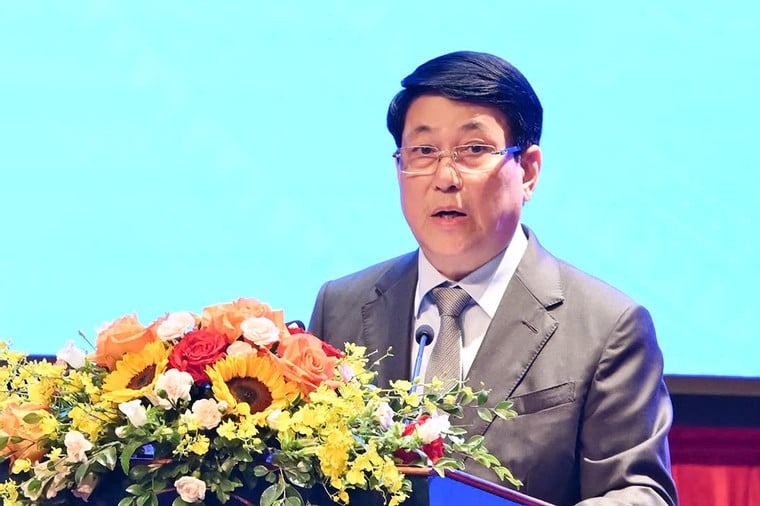

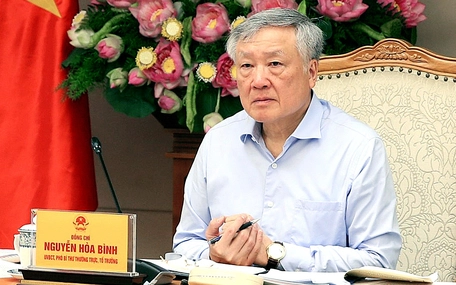

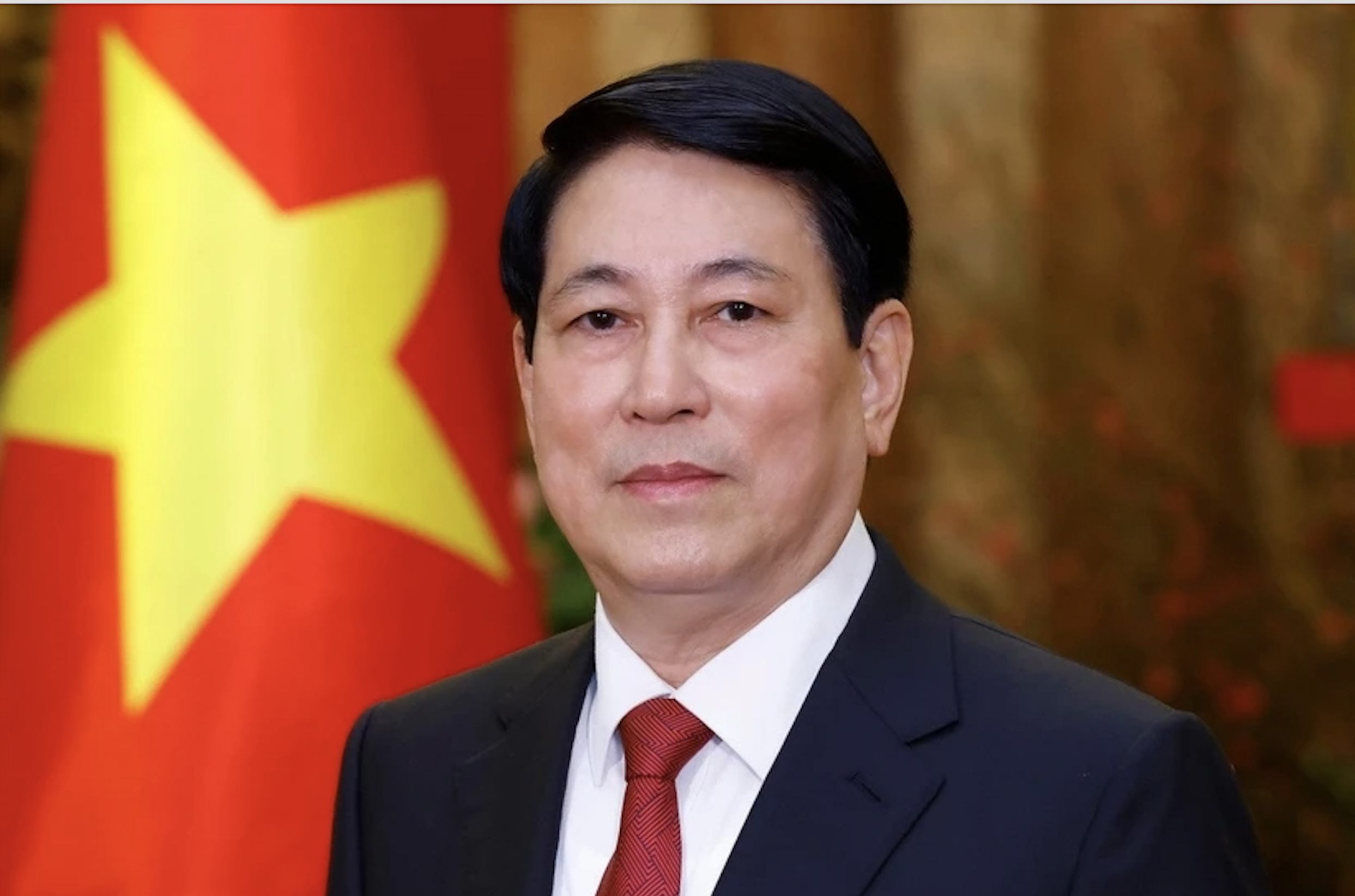
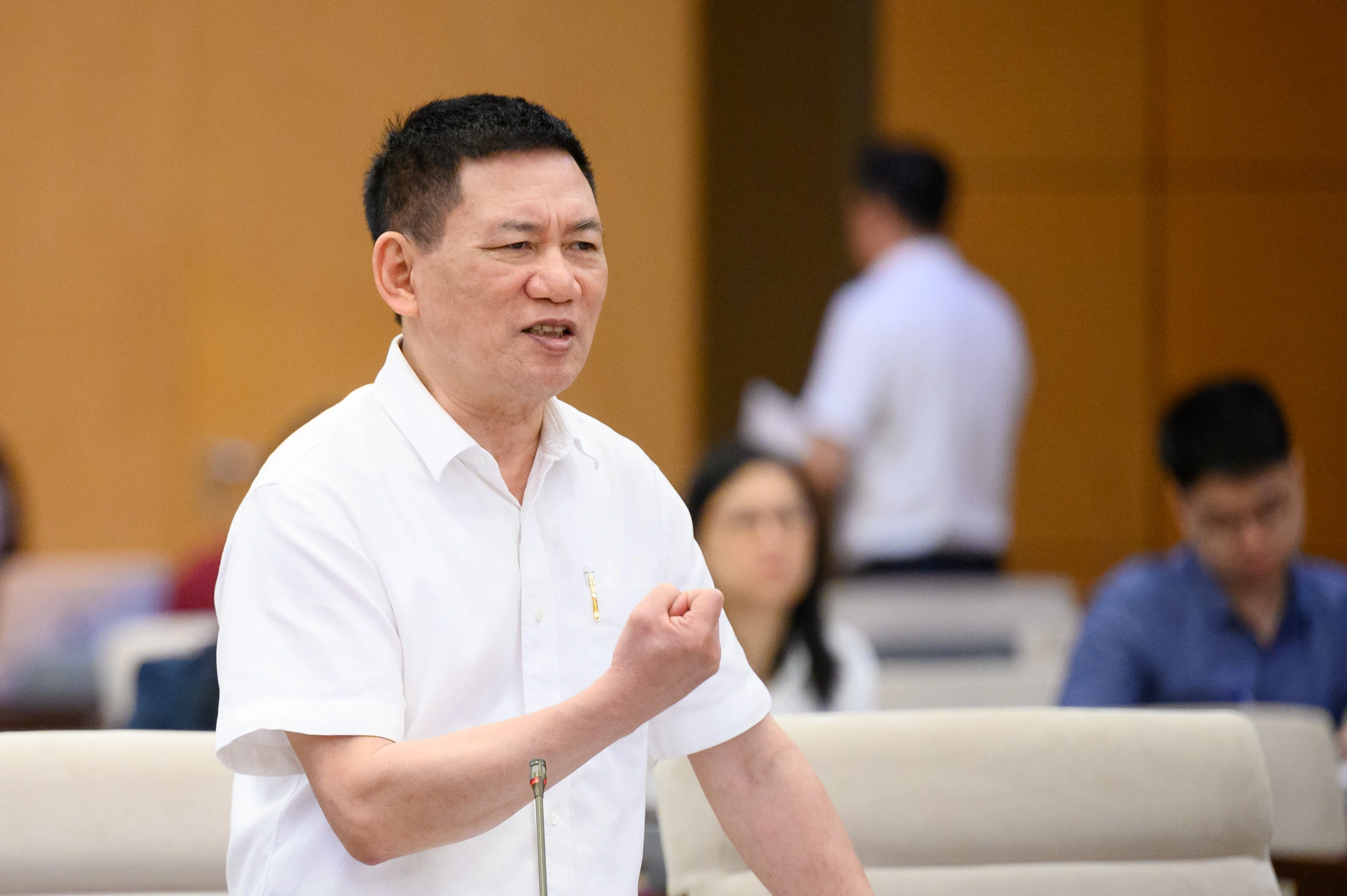




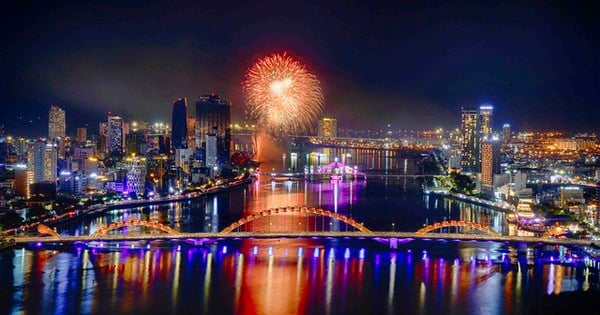




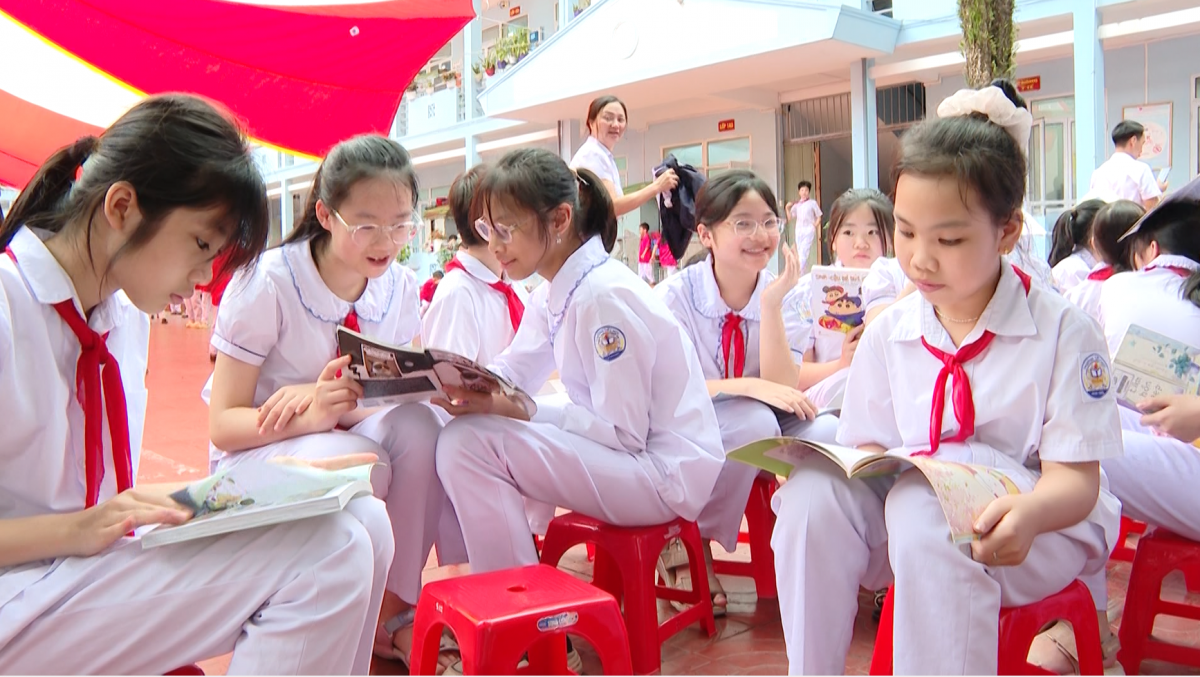

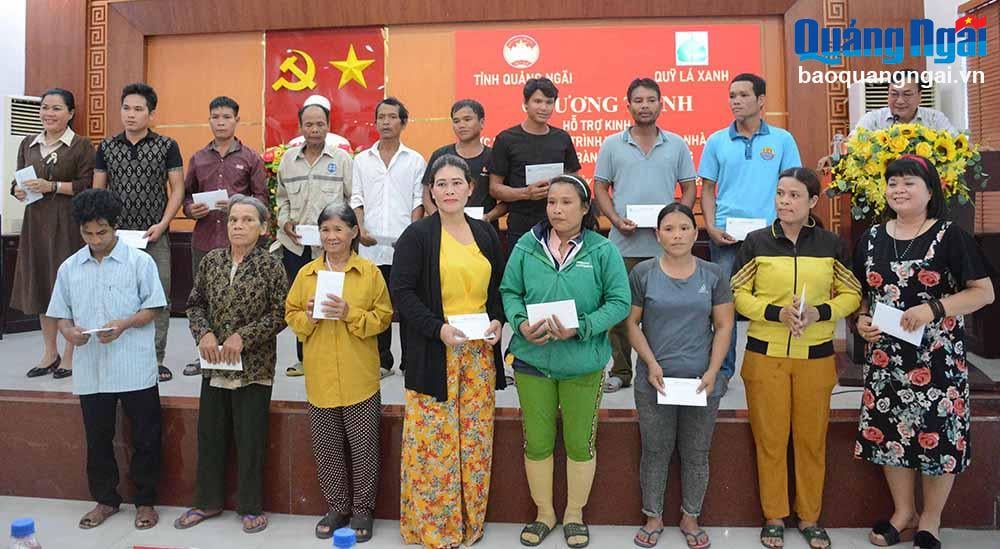

















Comment (0)